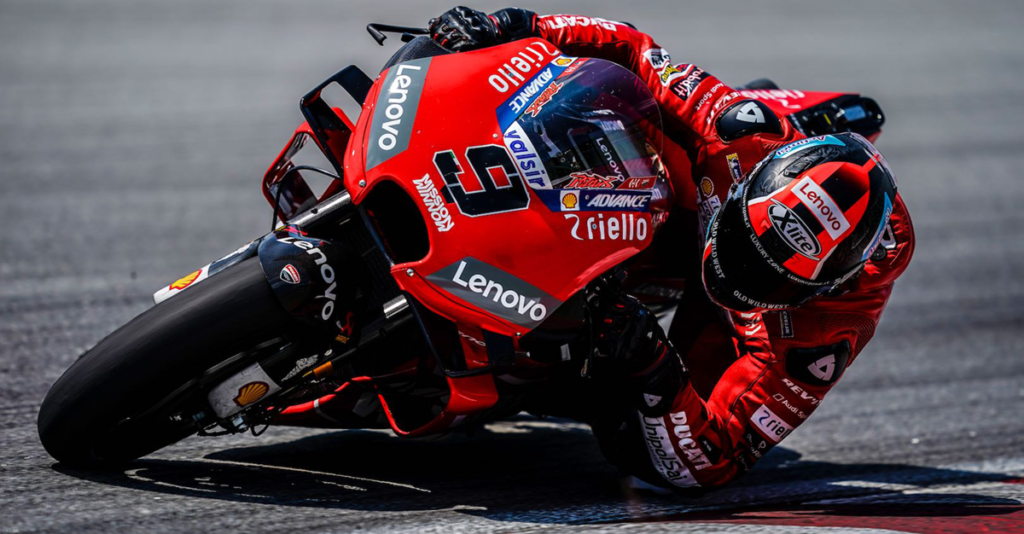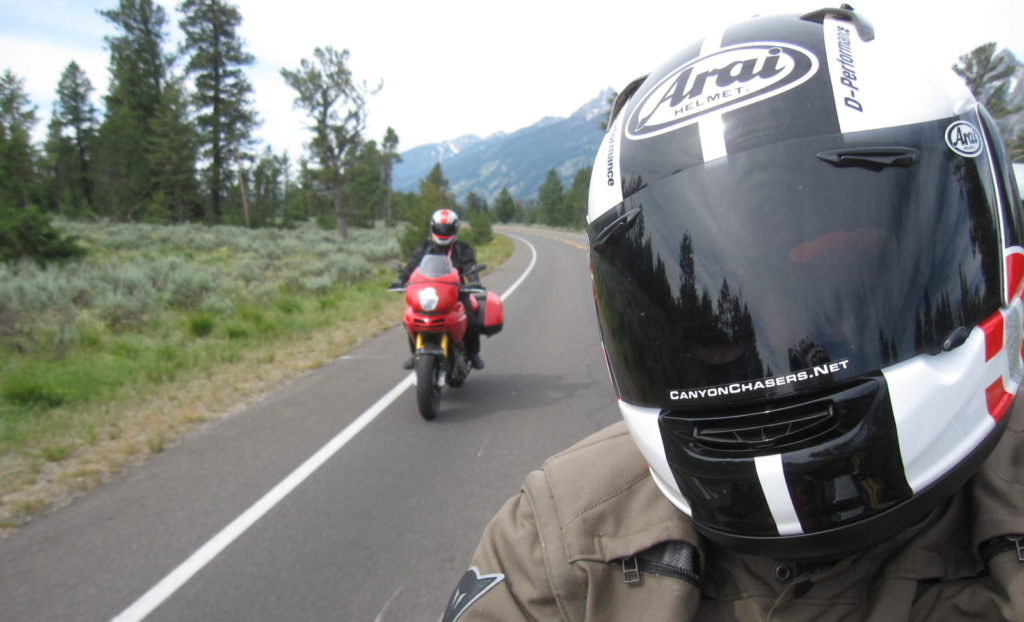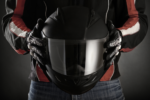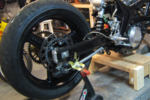We try to tackle the age-old question; does a more expensive helmet provide more protection than a cheap helmet? We looked at a lot of different sources to try and come up with an educated and informed answer to this very complicated question.
$10 Head / $10 Helmet
We’ve all heard the maxim, “you get what you pay for” and “If you have a $10 head, buy a $10 helmet”. That is a dramatic oversimplification of the helmet question. Before we start, it’s critical to note that, without question, the end user has a dramatically larger impact on the effectiveness of a helmet than the helmet itself.
Having a helmet that you like to wear, that fits well and is worn properly on each and every ride greatly increases your chances of reducing an injury due to a motorcycle accident.

For sure the helmet has to be “good enough”, and we are going to get into that. Also, we’re going to limit this particular conversation to full face, fixed chin-piece helmets. There are a variety of other styles out there, but this style provides the best basis for discussion as the material safety of the helmet is less sensitive to user choices while riding.
The question: “Is XYZ (inexpensive) just as “good” or “safe” as ABC (expensive) helmet?” is a very hard question to answer. Additionally, nobody is funding very expensive and time-consuming scientific studies. Studies that would definitively answer this question for us in a very concise manner. So we, as consumers, have to try to look at what information we do have and come up with the answer that we are most comfortable with.
Three Perspectives
There are actually three different ways to answer this question. First, is what you see in most official literature; basically, if a helmet meets the safety standards, it will provide the same level of protection as any other helmet with the same standards. This is a legal answer but doesn’t really shed much light on the subject.
The second way to answer this question is, “yes”, a more expensive helmet will most-likely provide a greater level of protection. Why? Often times race clubs will track things like concussions based on the helmet. Typically riders wearing more expensive helmets suffer fewer concussions.
Also, when we look at the NHTSA Random Testing results, we see that lower cost helmets have higher failure rates than more expensive helmets. Particularly when we omit failures caused by improper labels; things that don’t affect the helmets actual performance.

When we look at racing, like MotoGP, where they throw away valve stem cores after a single use because too much money is on the line to leave anything to chance. These riders all wear the top shelf, i.e. most expensive helmets money can buy because a rider missing even one race can potentially cost a team millions of dollars.
And lastly, if we look at history, the most expensive helmets of five, ten and twenty years ago. Those helmets had safety features that are now standard on much more affordable helmets of today. That leads us to believe that safety features found in the most expensive helmets today will eventually be common in the future. Things like dual density impact absorbing liners, quick release pads that can be removed by EMTs, and advanced shell technologies.
Let’s Look At This Differently?
The fact is that there isn’t one great answer because, while we are not engineers or test experts, even the people that are these things can’t agree about what’s most important when it comes to protecting your head from an impact during a motorcycle accident.
Why is this so hard to quantify? Mostly because a motorcycle accident is a highly dynamic and variable event. What is important for protecting you in one type of accident may be completely irrelevant or even detrimental in another.
Two Major Camps
To keep it simple there are essentially two major camps in the helmet world at this time. SNELL and BSI. Please understand that the following statements are summaries of highly complex standards and tests, ones that cost many thousands of dollars to conduct. These two standards both seek to objectively quantify the type of protection that a helmet can provide to a rider.

These two standards are divergent, with the SNELL standard generally producing a more rigid helmet than the BSI standard. Why is this?
Well, the BSI standard aims to lower the impact force (measured in G’s) that is transmitted to the rider’s head in the initial impact. The SNELL standard requires that the helmet be able to sustain multiple impacts.
Which is better? Well, that depends on what kind of crash you’re planning on having. Let’s leave it at both standards are about equally represented by helmets worn by riders in the CanyonChasers team.
What about the DOT Standard?
The United States Department of Transportation (DOT) allows helmet manufacturers to “self-certify” to this standard. At present, there is no oversight by the Department of Transportation to verify that these helmets actually meet the standard. As such CanyonChasers cannot recommend any helmet that meets only the US DOT standard at this time.
Does Expensive Equal Safer?
We realize that we still haven’t actually answered the question and that is “Is a $600 or $1000 helmet better than a $200 one?” and that answer is “probably.” But the reasons it’s better might not just be that it cost more or that it has more features. We feel It has a lot more to do with user behavior around the helmet.

Because it costs three to five times as much, the end user is much more likely to take proper care of it for starters. Like making sure that it stays clean and protecting it from accidental drops. But keeping a more expensive helmet stink-free is made easier by the features that more expensive helmets have. Like removable cheek pads and liners to facilitate washing. These features also make it much more easy to customize the fit of your helmet.
As we identified earlier, a quality helmet that fits right and is worn on every ride has a much bigger effect on rider safety than the price of the helmet itself.
Proper Helmet Fit
We strongly recommend that you seek a professional to help you fit your new helmet and that you try on several different makes and models while you’re shopping. Left to our own devices we all tend to buy helmets that are too large for a proper fit, and that greatly reduces our safety. These professionals can also help with minor customization of fit through the use of interchangeable cheek pads or inserts that are approved by a specific helmet manufacturer. All this will help make your next helmet a perfect fit for your head, your style, and your safety.







The most useful bit presented here was that DOT standards are self tested and not DOT compliance certified. Wow! Typical. As riders, we’ve typically looked for DOT and Snell ratings. Nice to know that the DOT rating is thus not worth much because it’s not verified.
I’m of the mindset that equal Snell certifications mean at least that level of protection. I’m assuming that level of protection is enough based on the people that do these sort of things. It’s entirely possible that the more expensive helmet of two with the same rating protects better after meeting equal which would be the rating. I believe fit is very important, because if fit is bad, it’s entirely likely that the safety rating will be compromised.